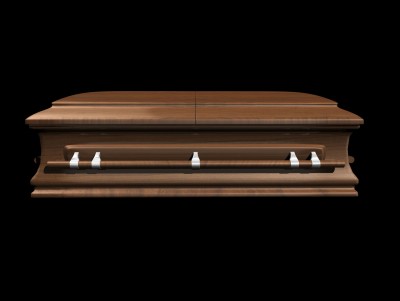Dentistry helps identify ancient princess

Scientists are using dental techniques to try to determine whether a skeleton found in Germany is the remains of an English Princess.
Prof David Horton, of Bristol University’s archaeology department, discovered the bones wrapped in silk in Magdeburg Cathedral and he believes they could belong to a 10th century princess known as Princess Eadgyth (pronounced Edith).
If the remains are identified as Eadgyth, who was apparently a kind of Princess Diana character because of her beauty and her charitable works, these would be the oldest remains discovered of a British royal.
Prof Horton’s team will be analysing the ratio of strontium isotopes in the skeleton’s tooth enamel in an attempted to confirm Eadgyth’s identity.
The coffin in which the bones were discovered did have Eadgyth’s name on the lid but the team are concerned that as the coffin appears to have been moved twice, which means that occupants remains could have been taken and replaced.
Gareth Williams, a British Museum curator, said that the dental enamel analysis technique was highly regarded in archaeology and claimed that it would be able to determine whether the bones were from England or Germany.
He added that the tests might even be able to reveal whether the skeleton came from Northern or Southern England.
Join this Discussion









